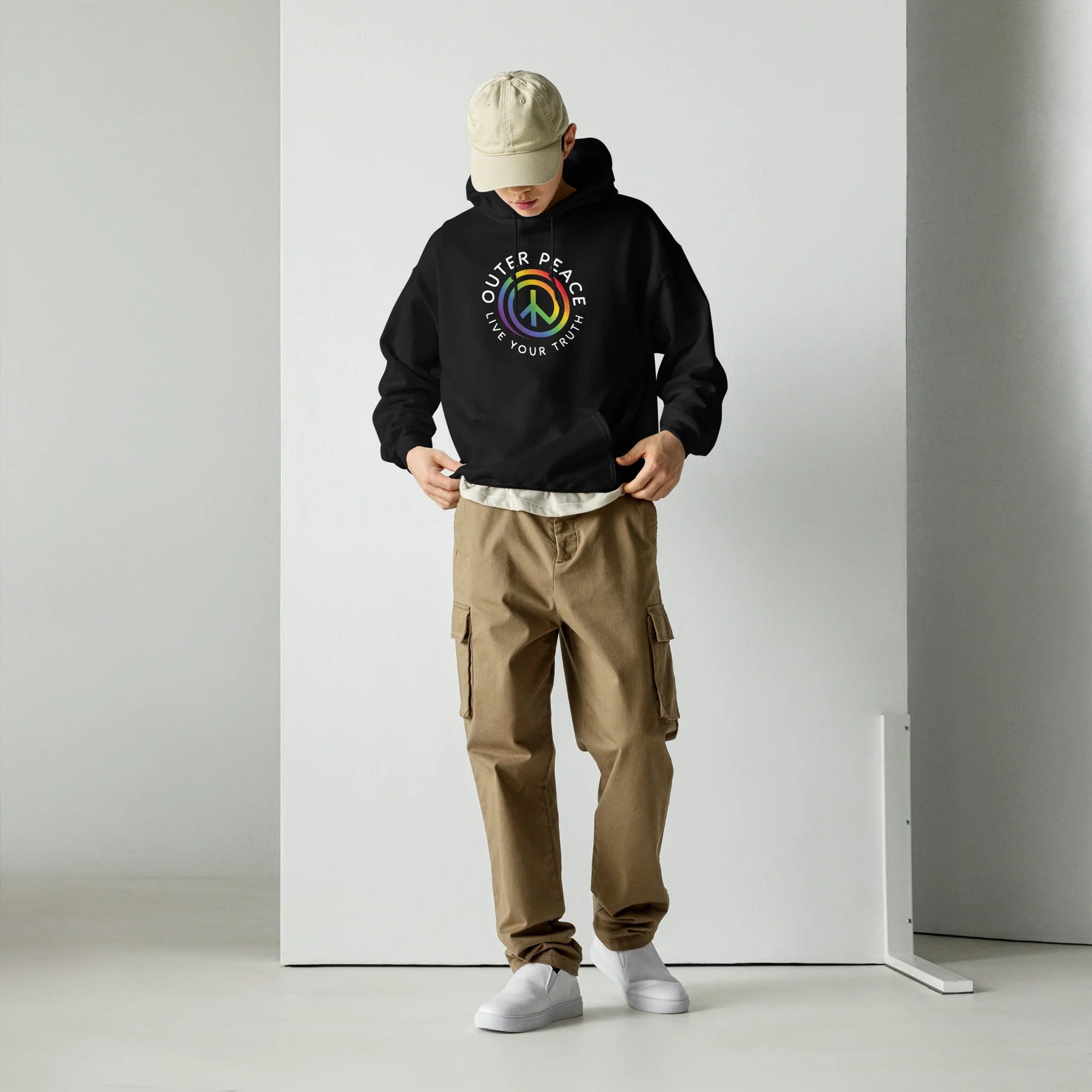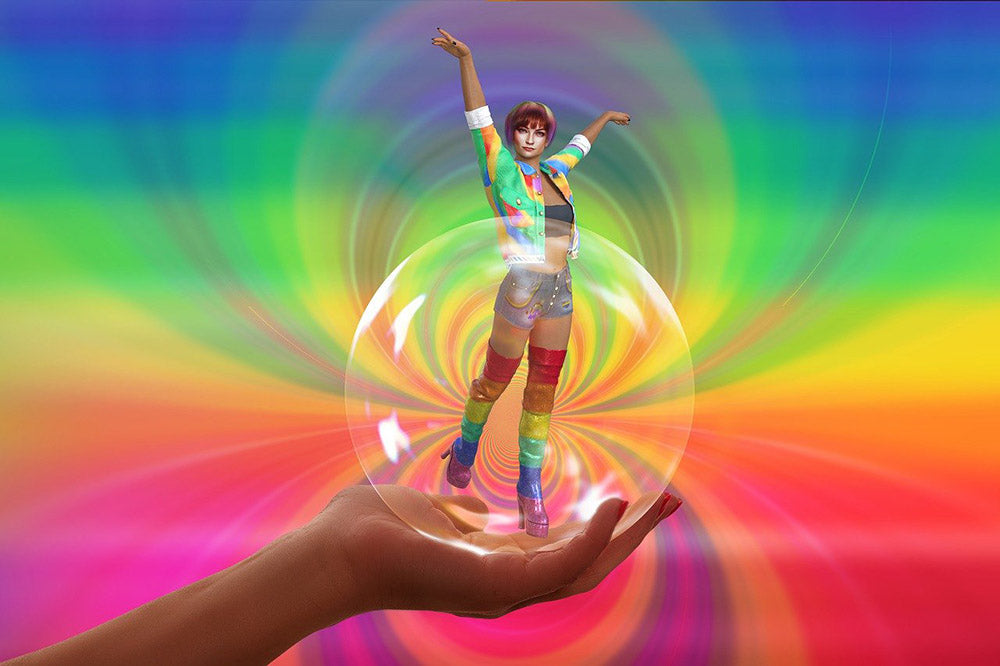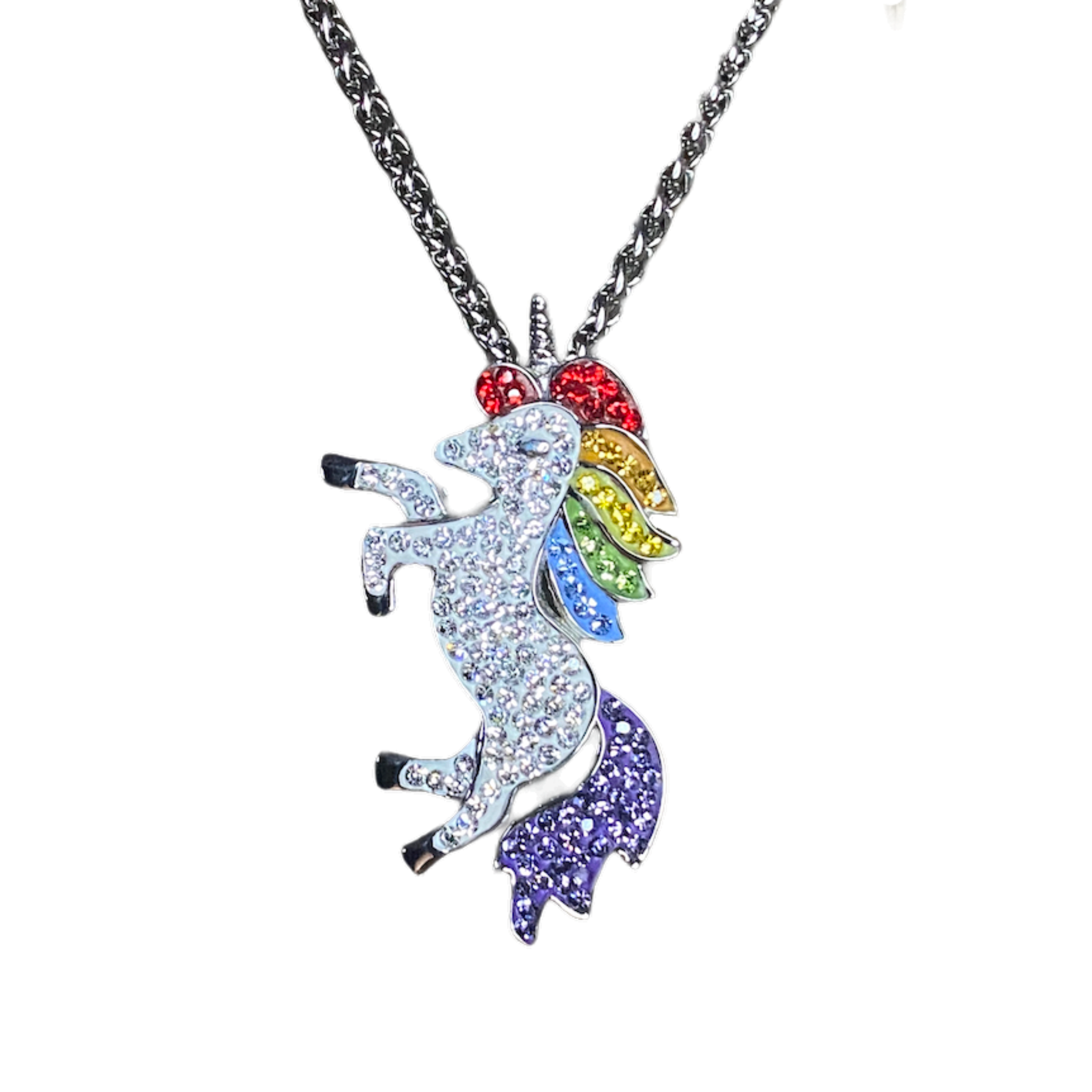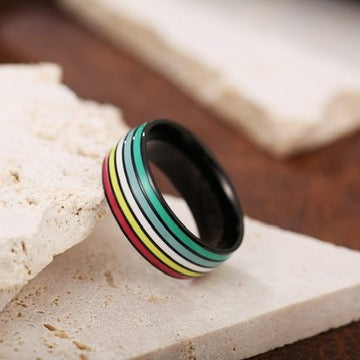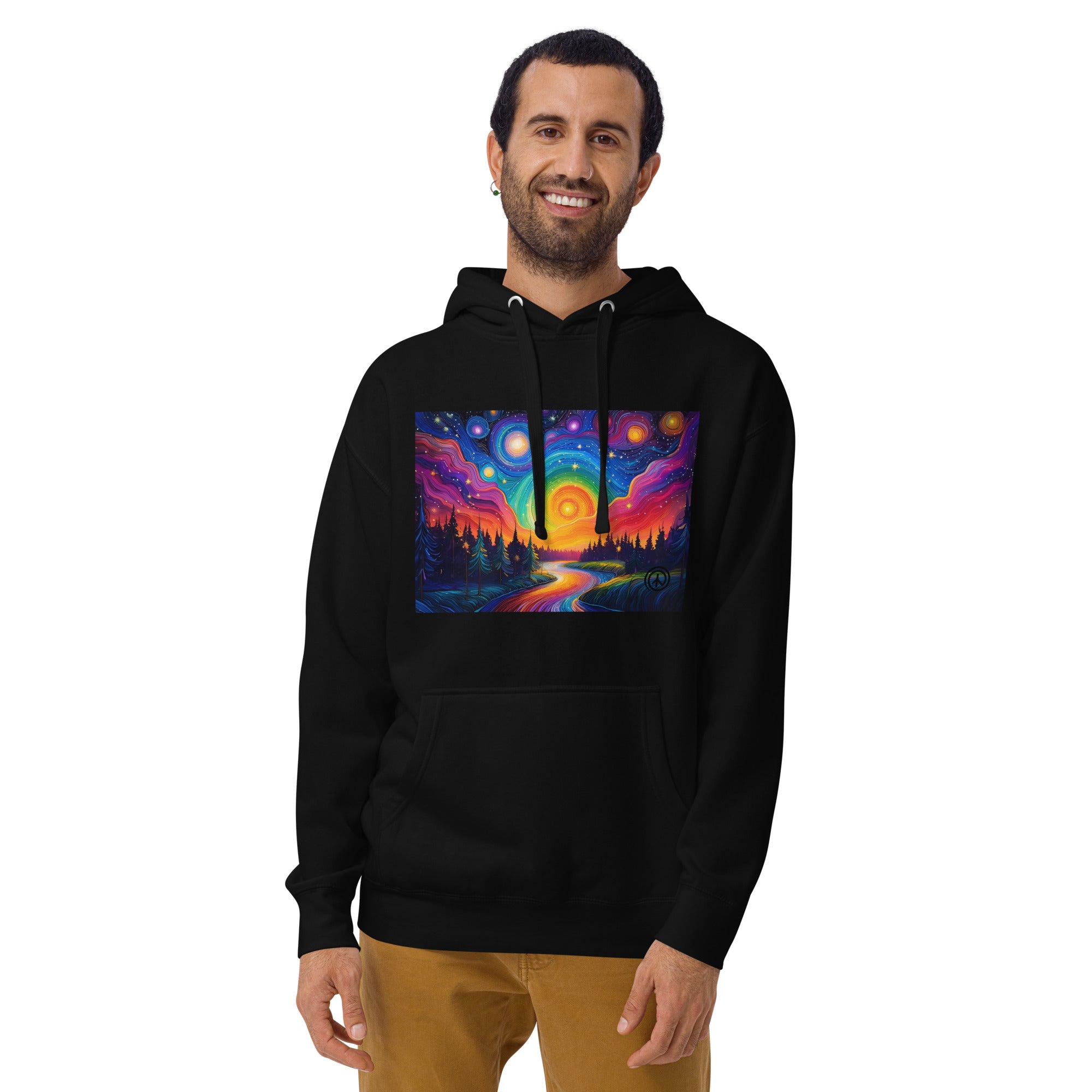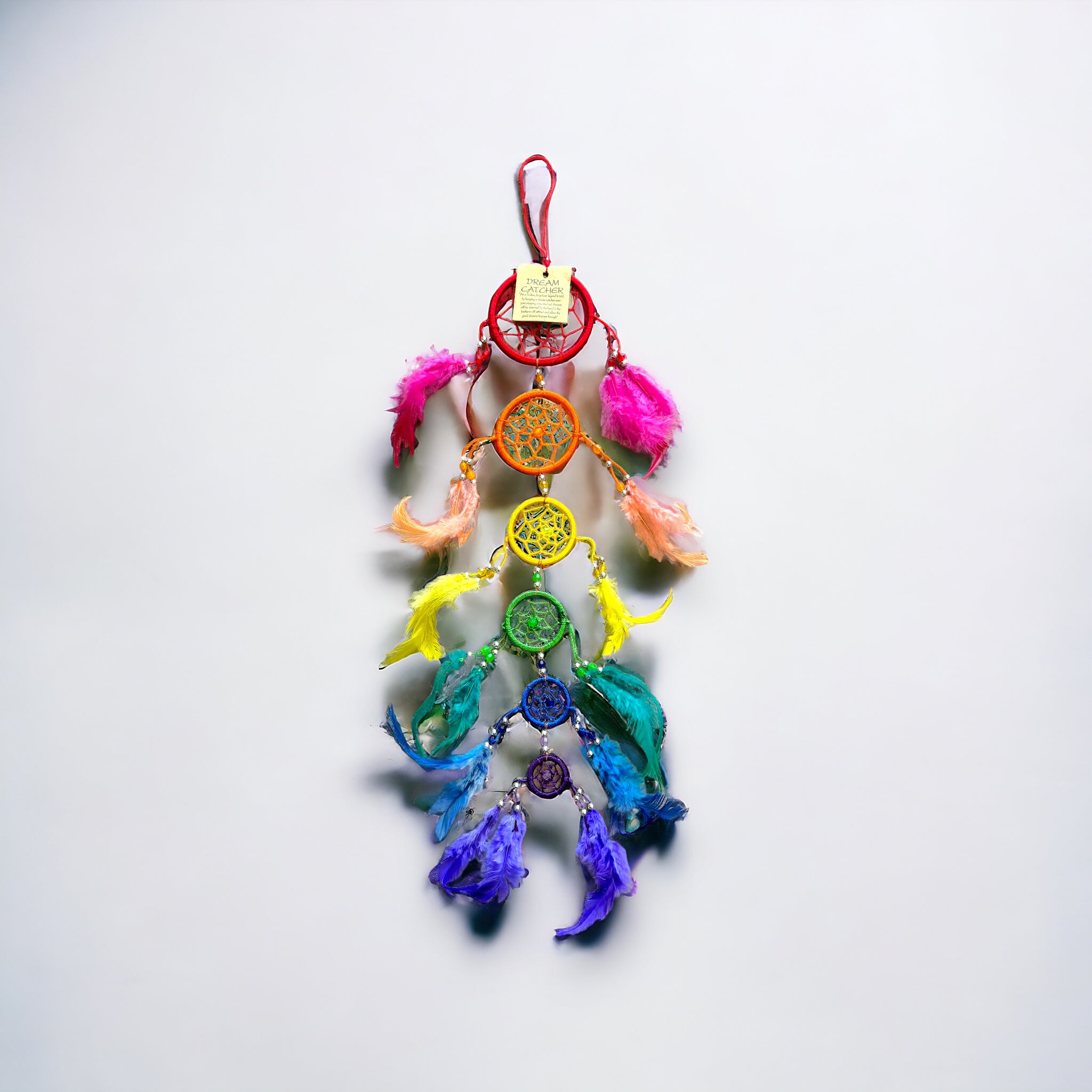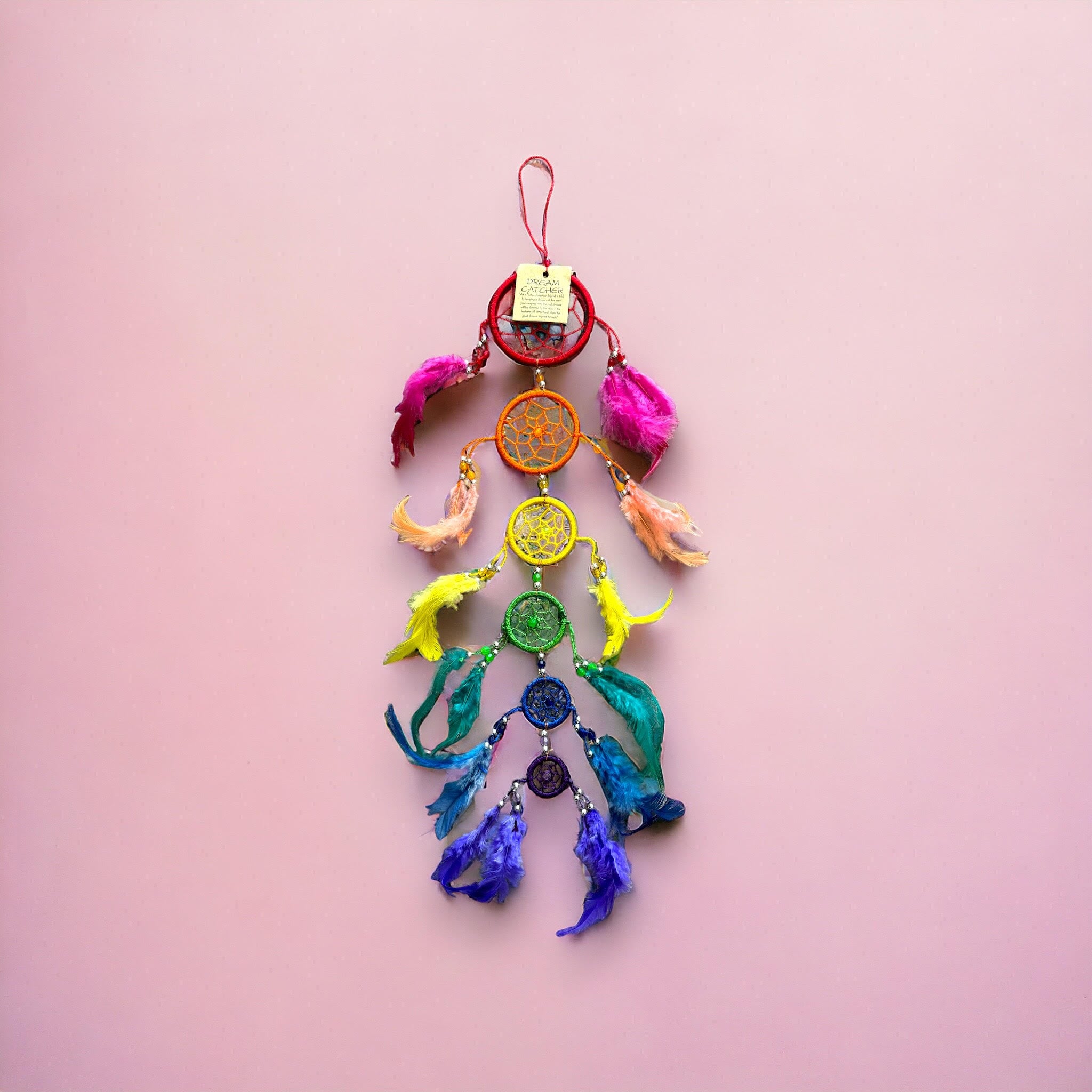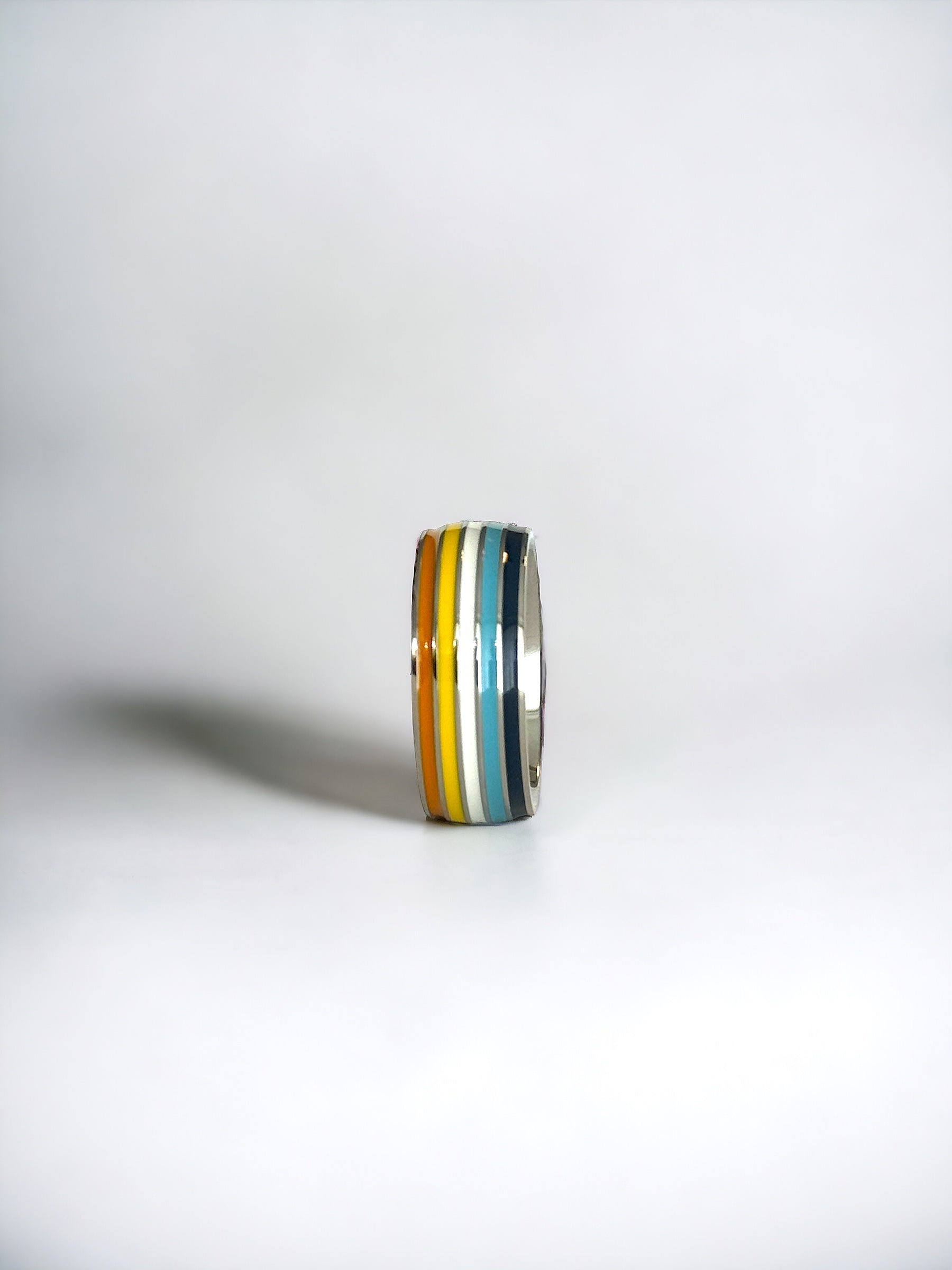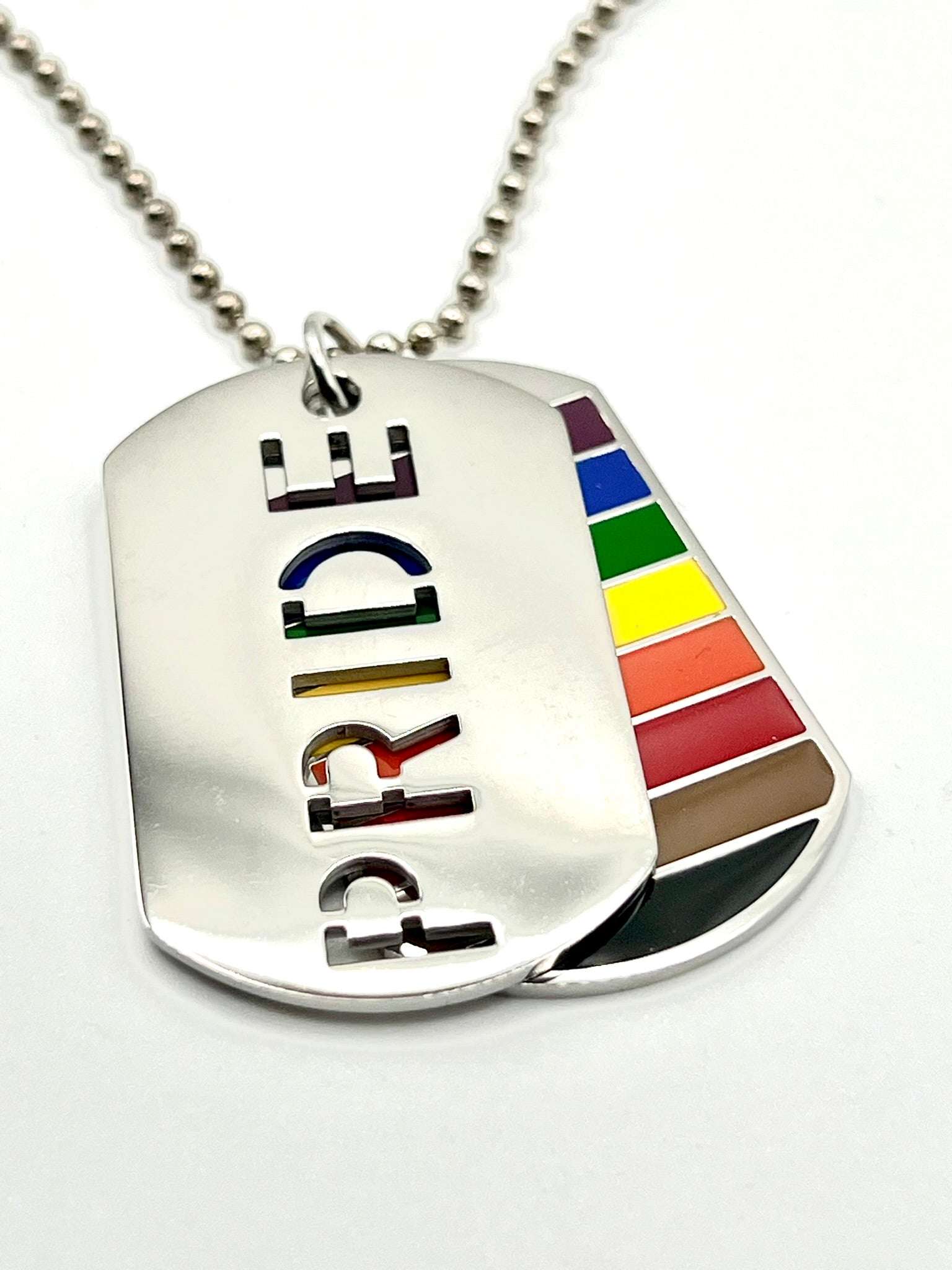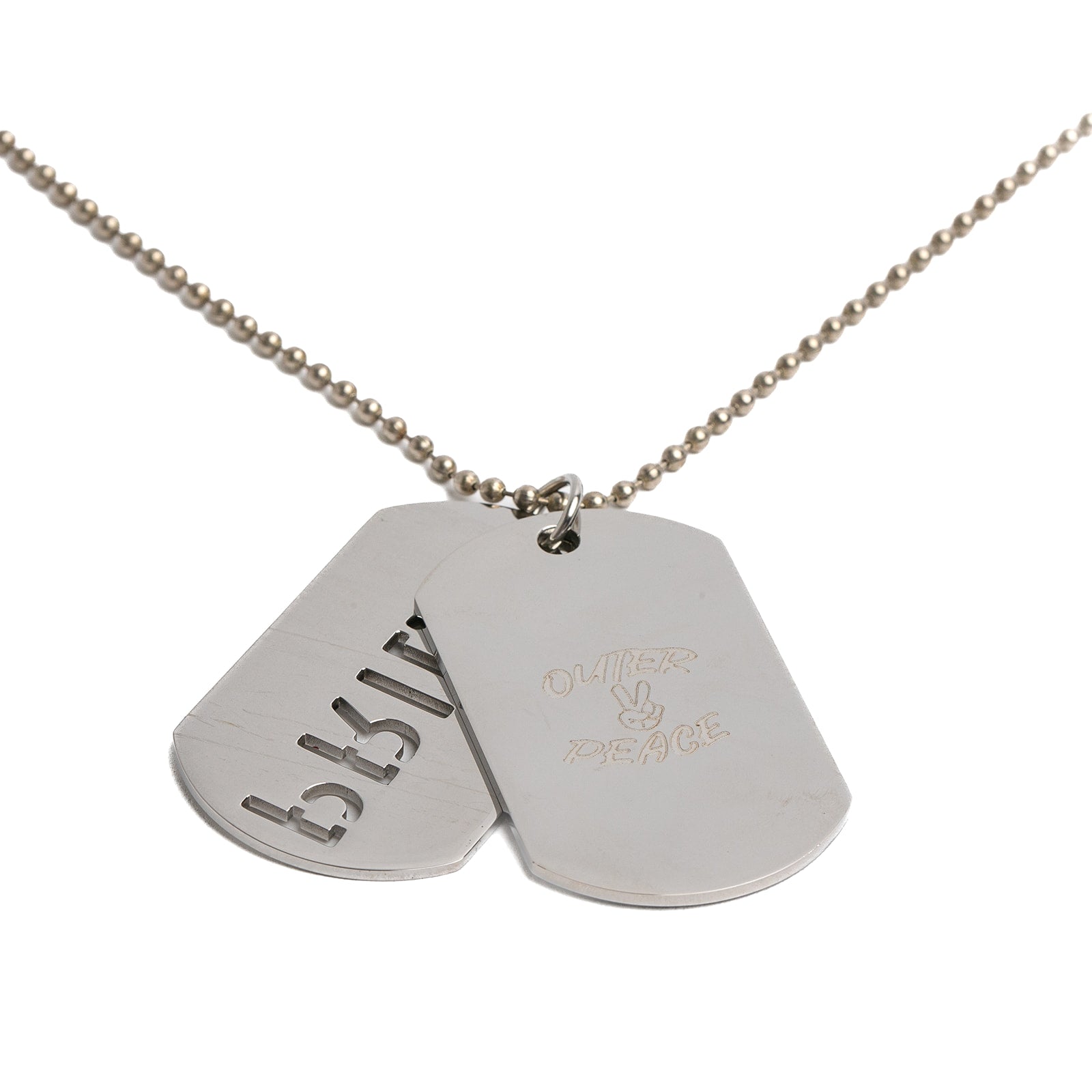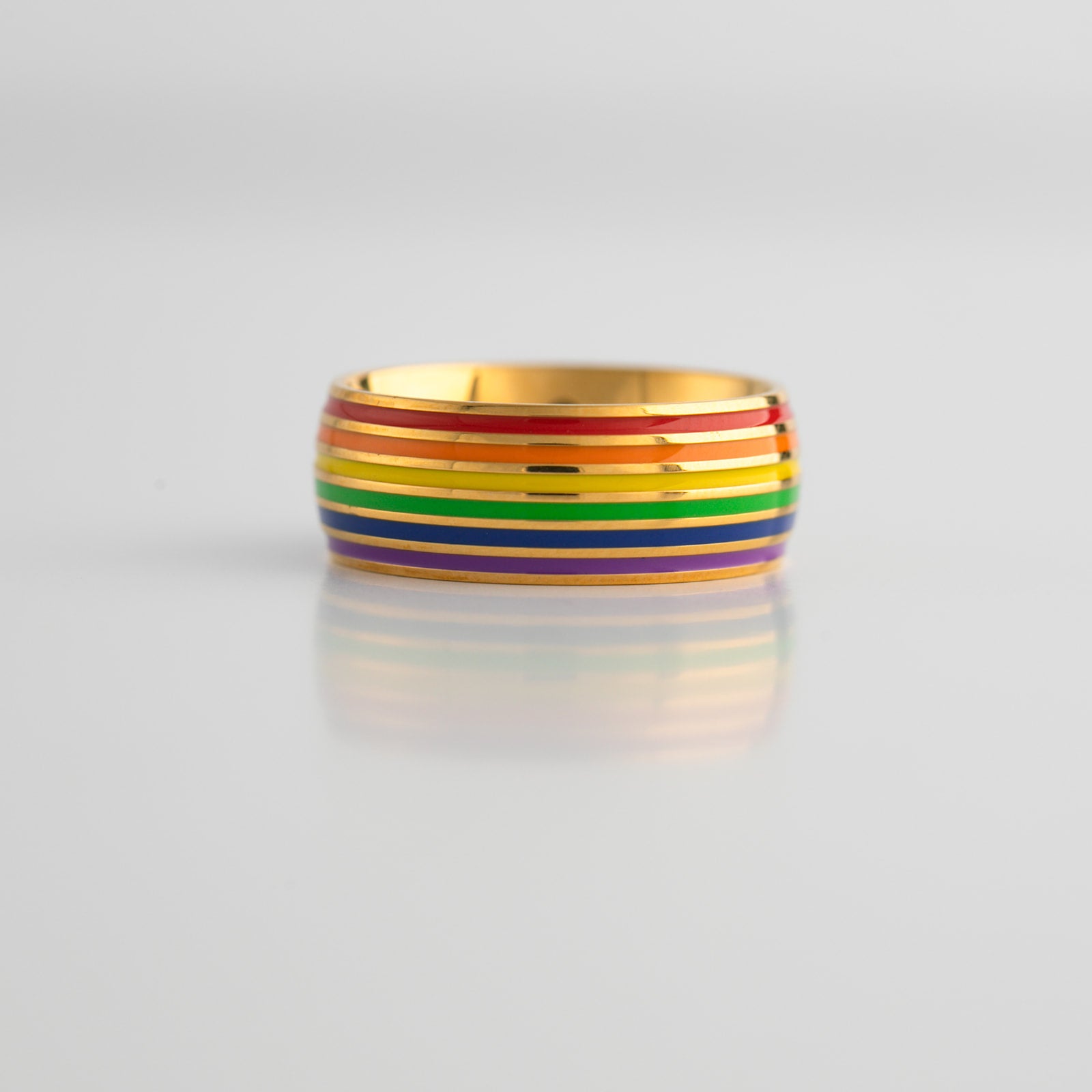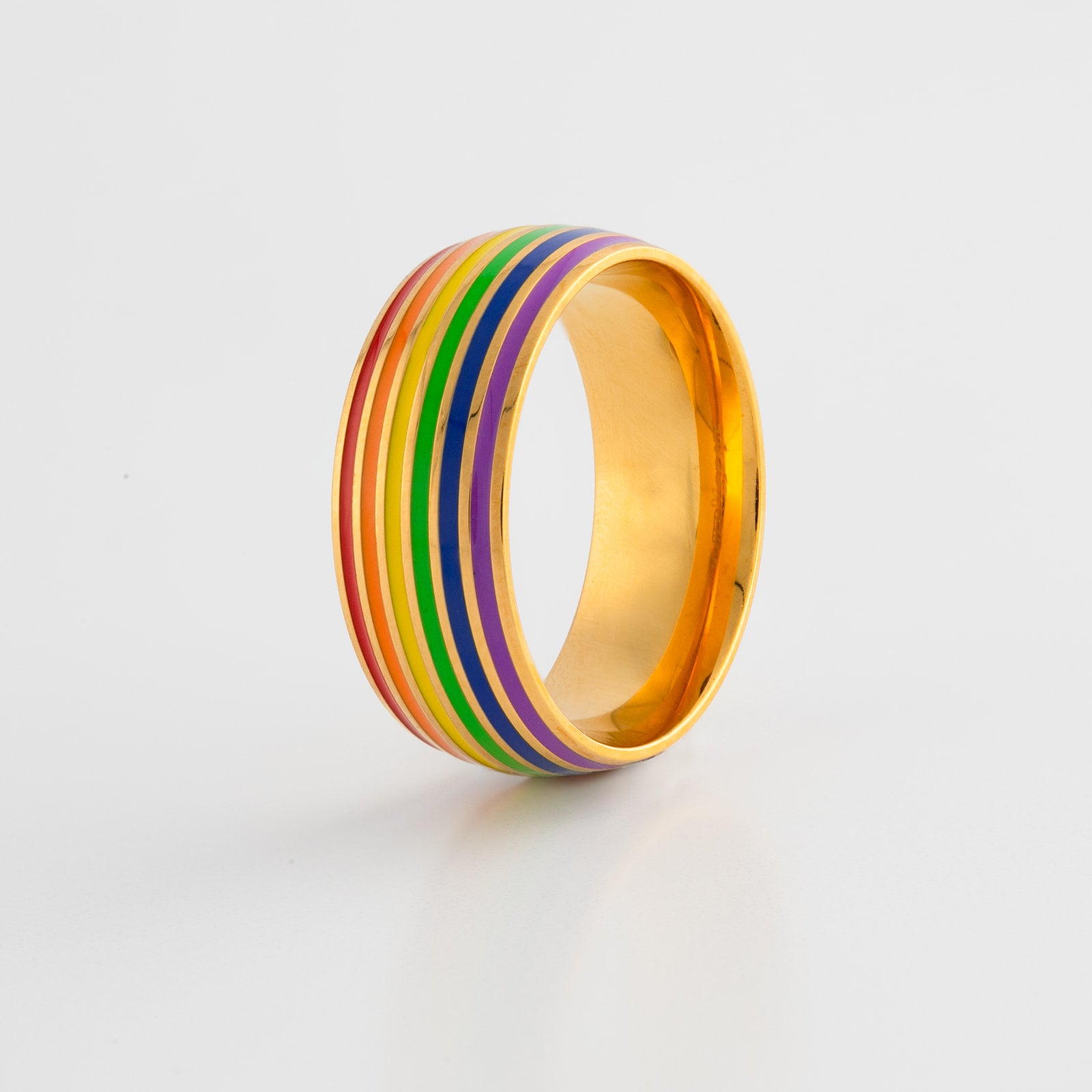In a world that thrives on categorization, bisexuality often falls into a liminal space, teetering between heteronormativity and queer identities. Both perplexing and fascinating, it's an orientation rife with misinterpretations.
Why It's Important to Address Myths and Stereotypes
Myth #1: Bisexuality is Just a Phase.
Ah, the ephemeral "phase," a term so easily brandished as a cudgel to invalidate lived experiences. You hear it whispered in familial gatherings, read it veiled in poorly-hidden scorn on social media. To construe bisexuality as a mere phase—a passing cloud on an otherwise clear identity sky—is to perpetuate a deleterious narrative. It erases stories and mocks discoveries.
The act of relegating bisexuality to a "transitional stage" steals something profoundly intimate: agency. It implies a waiting period for some perceived inevitable metamorphosis into heterosexuality or homosexuality. That's not just erasure; that's an imposition of an external plotline onto someone else's life script.
Moreover, we dwell in a society seemingly obsessed with categorization and labels. Imagine, then, the precarious psychological landscapes this myth nurtures. When an orientation is dismissed as a transient flicker in a pan of unequivocal straightness or gayness, we augment layers of self-doubt and existential searching. So no, it's not "just a phase." It's as enduring and legitimate as any orientation on the colorful tapestry of human sexuality.
The Damage of Discrediting Sexual Orientation
Myth #2: Bisexuals are Confused.
"Are bisexuals just confused about their sexuality?" This question, tinged with presumption, evokes a flawed picture of individuals stumbling through a labyrinthine conundrum of affection. It's as though they're misplaced souls, waiting for some epiphanic moment to guide them to a definitive destination—either 'Straightville' or 'Gaytown.'
In reality, attributing bisexuality to confusion is a grotesque simplification, one that turns sexual fluidity into a synonym for uncertainty or indecisiveness. This feeds into existing stigmas, making the term "bisexual" not just a self-identifier, but an explanation one is perpetually obliged to provide. The societal microscope zooms in, demanding justification, laying groundwork for an atmosphere of scrutiny.
This stereotype thrusts bisexual individuals into an extraordinarily uncomfortable spotlight, compelling them to constantly defend not just their choices in partners, but the very fabric of their sexual identity. It's as though the collective cultural psyche demands that they pick a side, lest their 'confusion' throw the universe off its binary axis. Let's set the record straight: they're not confused; society is confused about them.
Understanding Identity as a Spectrum
Myth #3: You're Only Bisexual if You've Dated Both Men and Women.
This is quintessentially reductive. Sexual orientation doesn't necessitate a notched bedpost or a tally sheet of diverse experiences. It's about attraction, not achievement. Just because someone hasn't scaled Mount Everest doesn't mean they lack an affinity for mountains. The same applies to bisexuality.
Challenging the Experience Requirement
Myth #4: Bisexuals are Inherently Unfaithful or Promiscuous.
Unfaithful? Hardly. Bisexuals, like anyone else, can commit. Promiscuous? Some may be, but sweeping generalizations? This is unhelpful and harmful. This particular trope insidiously seeps into relationships, fanning the flames of insecurity and mistrust. We must actively challenge it.
Monogamy, Polyamory, and Ethical Non-Monogamy
Myth #5: Bisexuals are Attracted to Men and Women Equally.
False. Attraction is seldom a 50/50 split. Monogamy doesn't mean you're attracted to only one gender; it means you've committed to one person. Bisexuals can lean more towards one gender at times, and that's perfectly valid.
The Fluid Nature of Attraction
Myth #6: Bisexuals Reinforce the Gender Binary.
Really? Bisexuality isn't an endorsement of dated gender norms. The term is evolving, including non-binary and genderqueer attractions. Fluidity doesn't simply navigate between two points; it explores an entire spectrum.
Hypersexualization, Invisibility, and More
The Consequences of Perpetuating Myths.
Beliefs shape actions. When society subscribes to these myths, the ripple effects are tangible: hypersexualization, invisibility, or even violence against bisexual individuals. The repercussions are too great to ignore.
Mental Health, Erasure, and the Importance of Representation
How to Be an Ally. An ally doesn't just nod; they listen. Educate yourself. Absorb narratives beyond your own realm of experience.
Educate, Listen, and Speak Up. Knowledge is power, but it must be wielded responsibly. Ignorance isn't just a personal failing; it's a communal one. Your voice can amplify truths or perpetuate myths. Choose wisely.
In essence, bisexuality is as intricate as it is simple. It's a world worth exploring, not just for those who identify as bisexual but for anyone committed to dismantling harmful stereotypes and enriching our collective understanding. Tread thoughtfully.
Featured collection
Get onboard with out awesome collection of LGBTQ+ exclusives!
2 Color(s) Available
10 Color(s) Available

